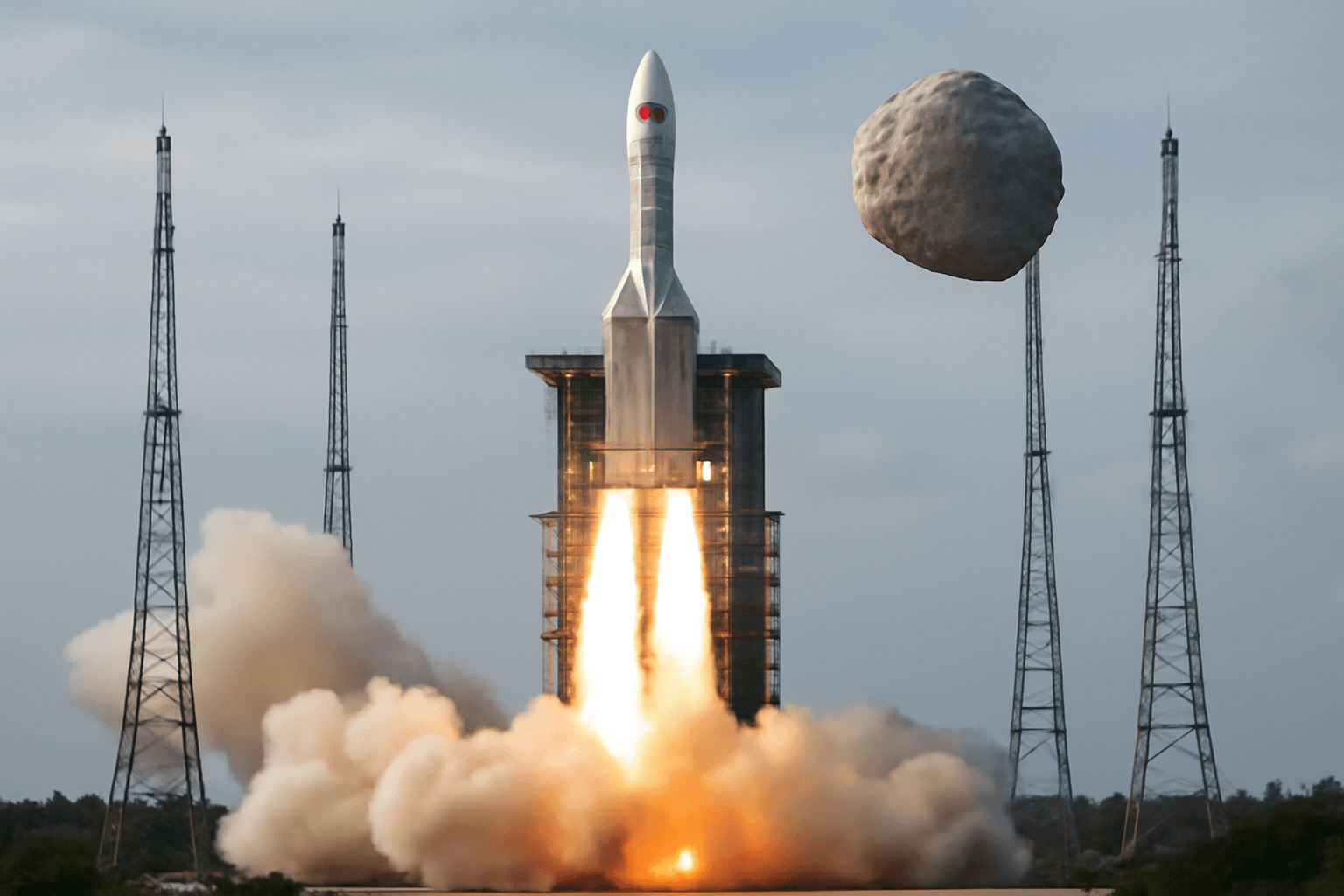SpaceX Postpones Starship’s Critical 10th Test Flight
On Sunday evening, SpaceX made the difficult decision to halt its countdown for the 10th test flight of the ambitious Starship rocket just minutes before launch. The pause was prompted by an unexpected glitch in ground support systems at its Starbase launch site in southern Texas, near Brownsville.
What Happened?
The launch, initially slated for 6:30 pm local time, was scrubbed as propellant loading was underway—signaling last-minute concerns from mission control. In a brief statement via Twitter, SpaceX explained the need to "stand down" to allow time to troubleshoot the ground systems issue.
"Standing down from today's tenth flight of Starship to allow time to troubleshoot an issue with ground systems." — SpaceX Twitter
Significance of the 10th Flight
The tenth test flight isn’t just another checkpoint for SpaceX; it represents a pivotal step toward Elon Musk’s vision of making life multiplanetary — including sending humans to Mars. This mission also carries heavy implications for NASA’s Artemis program, which intends to rely on Starship to ferry astronauts to the Moon’s surface.
Todd Harrison, senior fellow at the American Enterprise Institute, underlined the mission’s weight: “The stakes are the highest they’ve ever been for a Starship launch. If they have another failure, they still have more room to iterate and try again, but they are running out of room.”
Repeated Hurdles on the Path to Space
This latest setback adds to a series of recent technical challenges in SpaceX’s Starship development program. Starship’s rapid prototyping approach—testing, learning from failures, and improving designs—has been both applauded for its innovation and criticized for delays.
- Some of the previous test flights ended prematurely due to structural and engine-related failures.
- Despite these hurdles, SpaceX has steadily increased the rocket’s capabilities and ambitions.
- Each flight serves as a vital data point in perfecting the world’s most powerful spacecraft.
Economic and Policy Context
The Starship program also holds deep economic significance — it’s a centerpiece of the emerging commercial space economy and a potential game-changer in reducing costs for satellite launches and deep space exploration. Moreover, the program highlights complex interplay between private enterprise initiatives and government space policy, particularly NASA’s reliance on commercial partners.
Looking Ahead: When Will Starship Fly Again?
SpaceX has not yet provided a specific timeline for rescheduling the launch. Industry insiders speculate that, if the issue can be swiftly resolved, another launch attempt could be scheduled as early as Monday evening, with a one-hour launch window starting at 7:30 pm Eastern Time.
However, no official confirmation has been made public.
Broader Implications
Space enthusiasts, policy-makers, and investors alike will be watching closely. A successful 10th flight would signal a major technological breakthrough, potentially unlocking new frontiers in space travel and international space cooperation. Conversely, repeated delays could prompt scrutiny over the technological and financial viability of the Starship program.
Editor’s Note
The Starship program epitomizes the thrilling yet uncertain boundary between visionary ambition and technical reality. As SpaceX navigates these challenges, it reflects broader questions about how private spaceflight ventures will shape the future of exploration, economic opportunity, and international leadership beyond Earth.
Will Starship’s innovations pave the path to Mars, or will these growing pains signal hurdles too steep to overcome? The coming months will be crucial in answering this defining question for 21st-century space exploration.



















